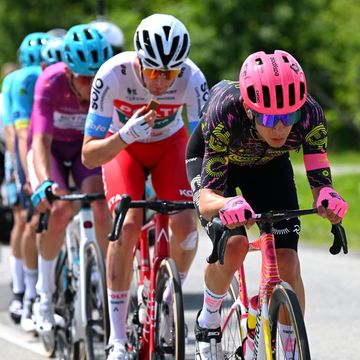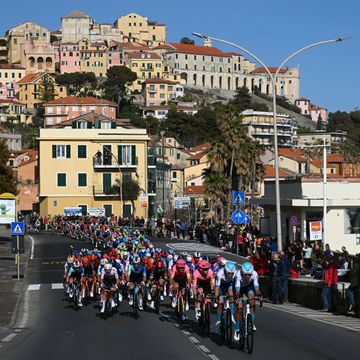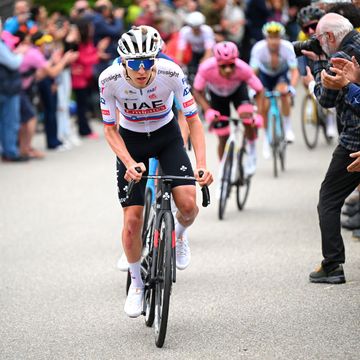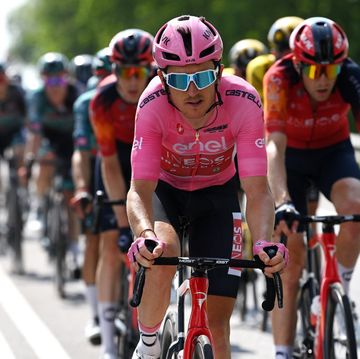With riders racing up epic climbs faster than ever, and unexpected wins becoming the norm, the issue of motor doping is coming up more and more often. Canadian Cycling Magazine just reported on cycling podcast RadioCycling’s close look at UCI testing during this year’s Grand Tour races.
According to the report, “technological fraud tests were omitted during four of the 21 stages of the recent Giro d’Italia, including the critical time trials on Stages 1 and 10.” It went on to say that at the Tour de France, “there were no X-ray tests on Stage 21 in Paris. That lack of tests is not limited to those two Grand Tours, alone, but extends to other competitions such as the Volta a Catalunya, the Tour of Scandinavia, and the Tour Down Under, among others.”
According to Canadian Cycling Magazine, “RadioCycling endeavored to collect data from 51 men’s and women’s WorldTour races. Surprisingly, only 24 races furnished data, 12 confirmed that the UCI had not disclosed any statistics, and 15 remained unresponsive.”
In response to RadioCycling’s inquiry, the UCI has defended its program against motor doping with a statement, “The UCI’s programme against technological fraud has developed steadily over the years and provides a robust system for the detection of any possible propulsion systems hidden within framesets or other bike components.” They went on to say that this year, “a total of 4,280 controls have been performed, with magnetic tablets used for 3,777 of the controls and X-ray technology. All tests were negative.”
Perhaps the only cyclist ever caught motor doping at the highest level was the infamous Belgian U23 rider, Femke Van den Driessche, who was using a concealed motor during the 2016 UCI CX World Championships, and who was banned for six years.
Former pro cyclist Michael Hutchinson, who contributes regularly to Cycling Weekly, wrote in a recent option piece that motor doping is almost definitely not happening at the highest level of racing. “I’ve talked to UCI commissaires who assure me their x-ray machines would find the motors if they were there, and the whole thing has been hyped up by the media.”
But Hutchinson goes on to say that it isn’t x-ray machines that has him convinced. “It’s just that we aren’t clever enough. It would require a degree of restraint of which cyclists, as a group, are incapable. I’ll tell you what I’d do in a bike race if I had a magic button that made my bike go faster. I’d press it. I’d press it a lot. So would you.”
He says that the only way motor doping would work is if someone other than the cyclist were in charge of the charge. Hutchinson then explains how totally crazy and ridiculous that would be.
The rumors of motor doping probably aren’t going away anytime soon. People will continue to be sure that there’s no way x-rider could get up x-hill so much faster than anyone else. And the UCI will continue to use incredible technology to prove there’s nothing special about a certain team’s bikes. So choose a side, and try not to dedicate too much time to worrying about it either way.













